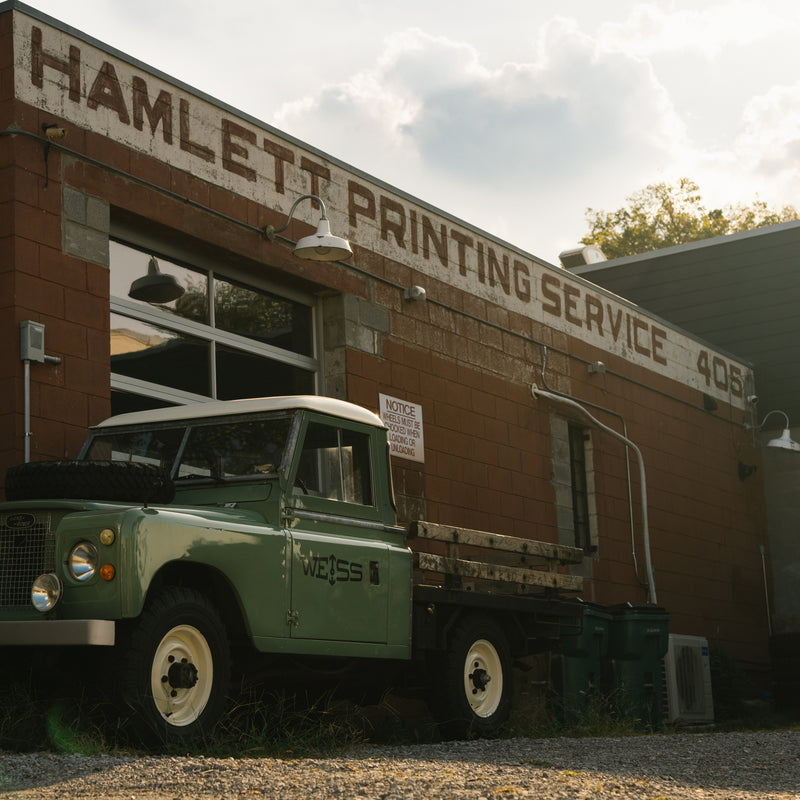When it comes to creating a watch, there’s a vital step that bridges the gap between the art of watchmaking and the joy of wearing a timepiece: quality control. This process ensures that everything the watchmakers aimed to achieve is realized in the final product. It’s what guarantees that the timepiece is perfectly timed, water-resistant, and visually flawless.
Every brand has its own quality control standards, but the process is generally similar across the industry. After a watch has been serviced, repaired, or initially assembled, it goes through a rigorous quality control process to ensure it meets the brand’s standards.
Visual Inspection: The First Step in Quality Control
The first step in quality control is a thorough visual inspection. The watchmaker examines the watch under magnification, but the quality control technician reviews it with the naked eye, holding it about 12 inches from their face under normal lighting conditions. The goal is to ensure that there are no imperfections, such as dust, lint, or scratches, visible on the watch’s surface. They check every detail, from the alignment of the crown to the level placement of the crystal.
Alignment Checks
Next, the technician checks the alignment of the hands. By positioning the hour hand at 6 o’clock, they ensure the minute hand aligns perfectly at 12. For watches with additional features like a date mechanism or chronograph, these are also tested to ensure they function correctly and reset to their proper positions.
Tactile and Timing Tests
After the visual checks, the technician performs tactile tests, ensuring the crown and winding mechanisms feel just right. Following this, they move on to timing tests. For manual watches, this involves fully winding the watch and checking the daily rate, amplitude, and beat error to ensure everything is within the specified tolerance. These tests are often automated, with machines checking the watch’s performance across various positions.
To further test the timekeeping accuracy, the watch is placed on a cyclo test or winder, which simulates wear over an extended period. This helps identify any issues that might not be apparent during initial testing, such as a damaged wheel that only reveals itself after 24 hours of operation.
Water Resistance Testing
If the watch passes the timing tests, it moves on to water resistance testing. The intensity of these tests depends on the watch’s intended use. For example, dive watches undergo stringent testing in both dry and wet pressure chambers to ensure they can withstand the depths they’re rated for. Even dress watches not intended for water use are tested to ensure the gaskets are properly sealed.
Automatic Watch Testing
For automatic watches, additional tests are required to ensure the watch winds itself properly. After the mainspring is fully wound on a cyclo test, the watch is left stationary for a few days to verify it continues running, confirming that the automatic mechanism functions as intended.
Final Steps: Strap and Shipment
After passing all these rigorous quality control tests, the watch is finally ready to receive its strap or bracelet. At this point, it’s prepared to be shipped out or picked up, ready to be worn and perform exactly as it was designed to.
Quality control is the unsung hero of watchmaking, ensuring that every timepiece that leaves the workshop is a perfect example of the brand’s commitment to excellence. Whether it's a manual or automatic watch, the process is thorough and precise, making sure that each watch not only looks beautiful but also performs flawlessly for years to come.
